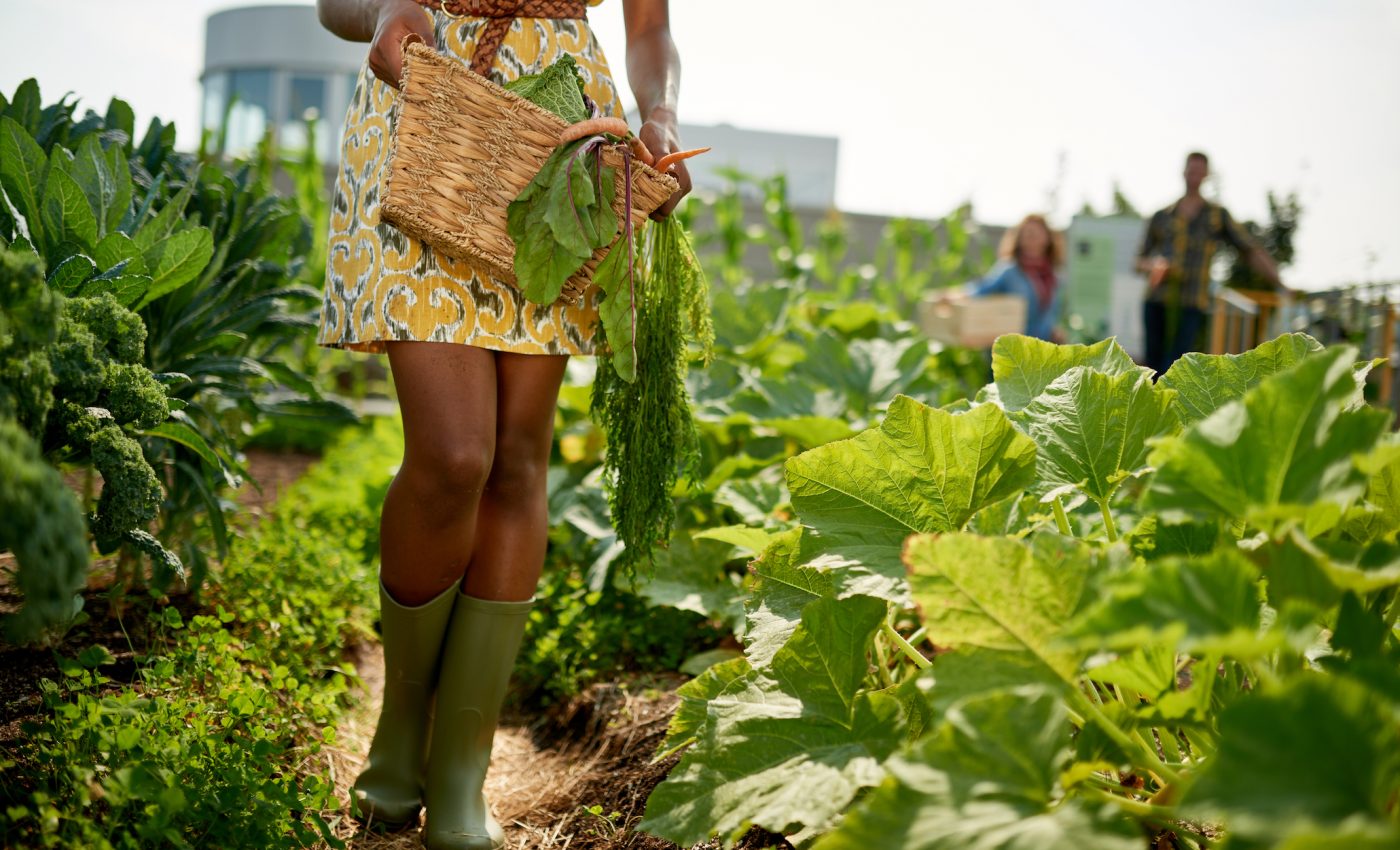
Urban agriculture could help food desert cities meet sustainability goals
Urban agriculture could help food desert cities meet sustainability goals. Millions of people in the US lack access to healthy food and live in what are known as “food deserts.” However, a new study has found that community gardens could offer a simple solution to making local food systems more sustainable, healthy, and accessible.
Researchers from Arizona State University investigated urban agriculture to see if local gardens in Phoenix, Arizona, could help the city meet its sustainability goals.
For the study, the researchers analyzed data from public records and satellite imagery to assess how crops grown on vacant lots, rooftops, and building facades might improve sustainability.
5.4 percent of the city, roughly 28 square miles, could be designated for urban agriculture. 71 percent of the area available for urban agriculture in Phoenix wouldn’t come from vacant lots but buildings.
If utilized effectively, urban agriculture could provide 183,000 tons of fresh produce annually, according to the study results.
“Our analysis found that if Phoenix used only about 5% of its urban spaces (2% of its land, and about 10% of its building surfaces) for urban agriculture, the city could meet its sustainability goal concerning local food systems,” said Matei Georgescu, a co-author of the study. “Urban agriculture would also contribute towards the city’s goals of increasing open spaces, and reducing environmental impact from buildings and land use.” Urban agriculture could help food desert cities meet sustainability goals
Green space could be increased by 17 percent and provide more open green areas to Phoenix residents.
Rooftop agriculture could generate energy savings for buildings and help offset 50,000 tons of carbon emissions each year.
“Our work demonstrates the multitude of ways that urban agriculture can serve cities, beyond merely the somewhat limited focus on food production,” said Georgescu.
An exciting aspect of the study is that the results could be adopted to help develop sustainable food systems in other cities across the country.
The researchers published their findings in the journal Environmental Research Letters.
—
By Kay Vandette, Earth.com Staff Writer
Image Credit: Shutterstock/AYA images













